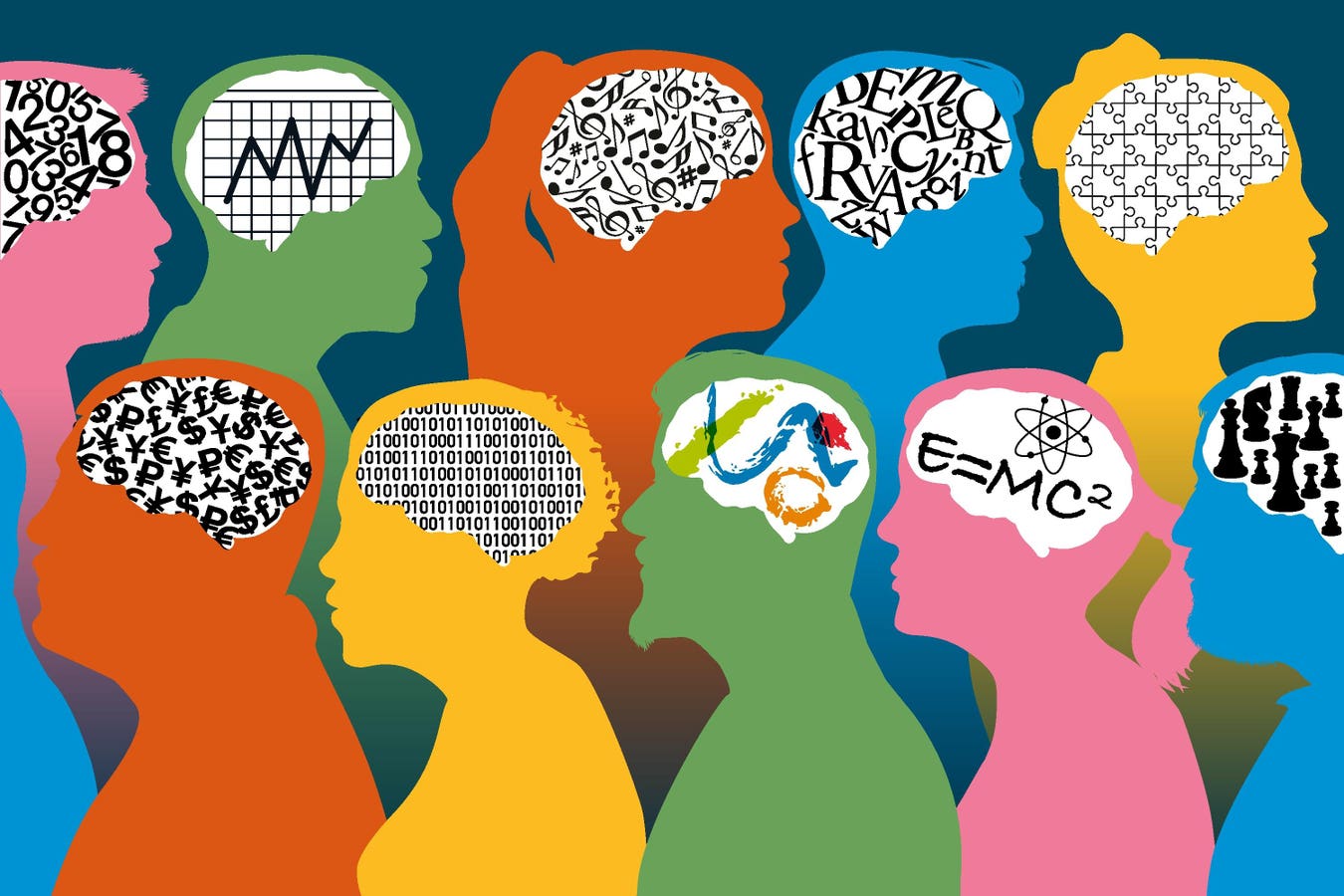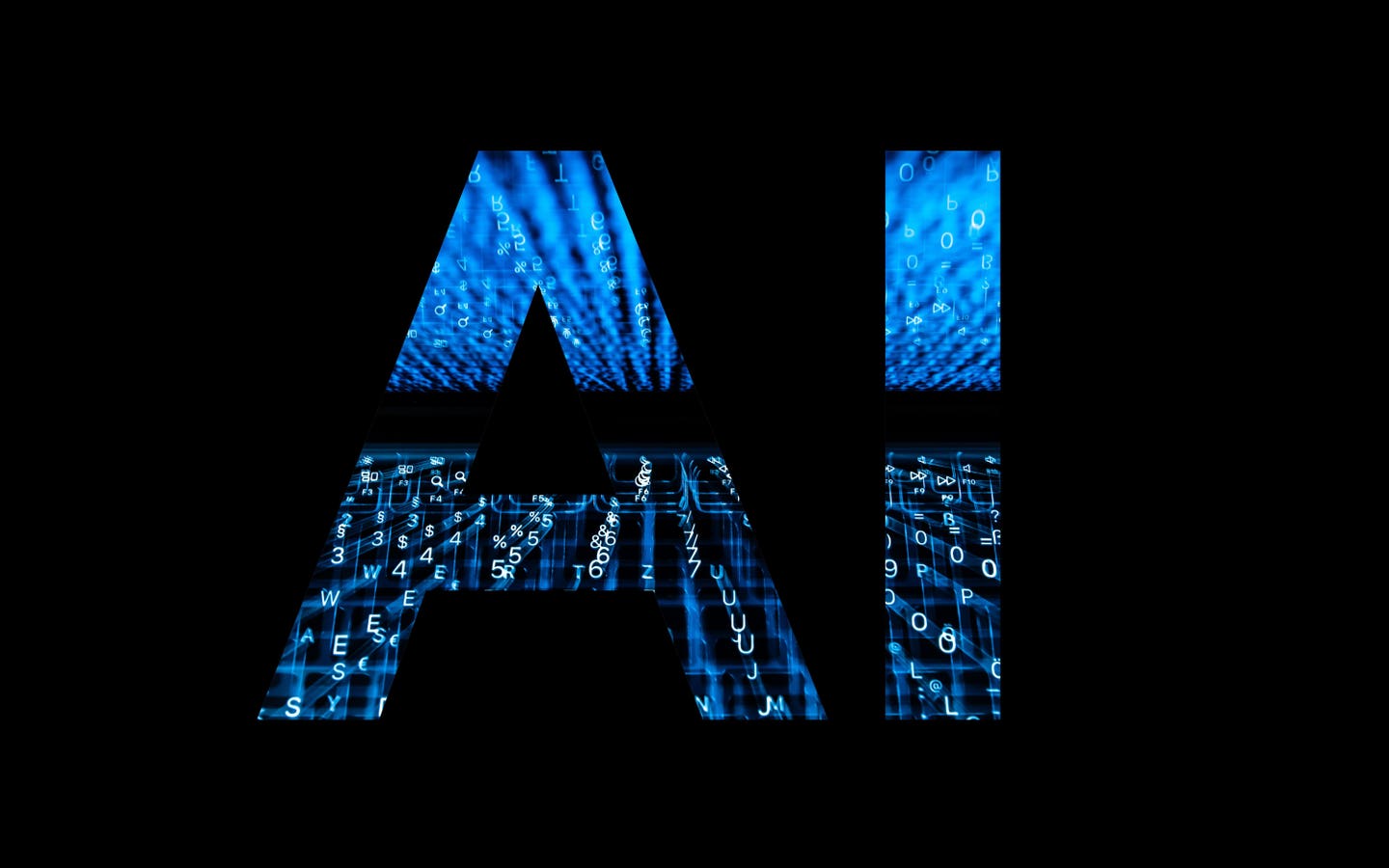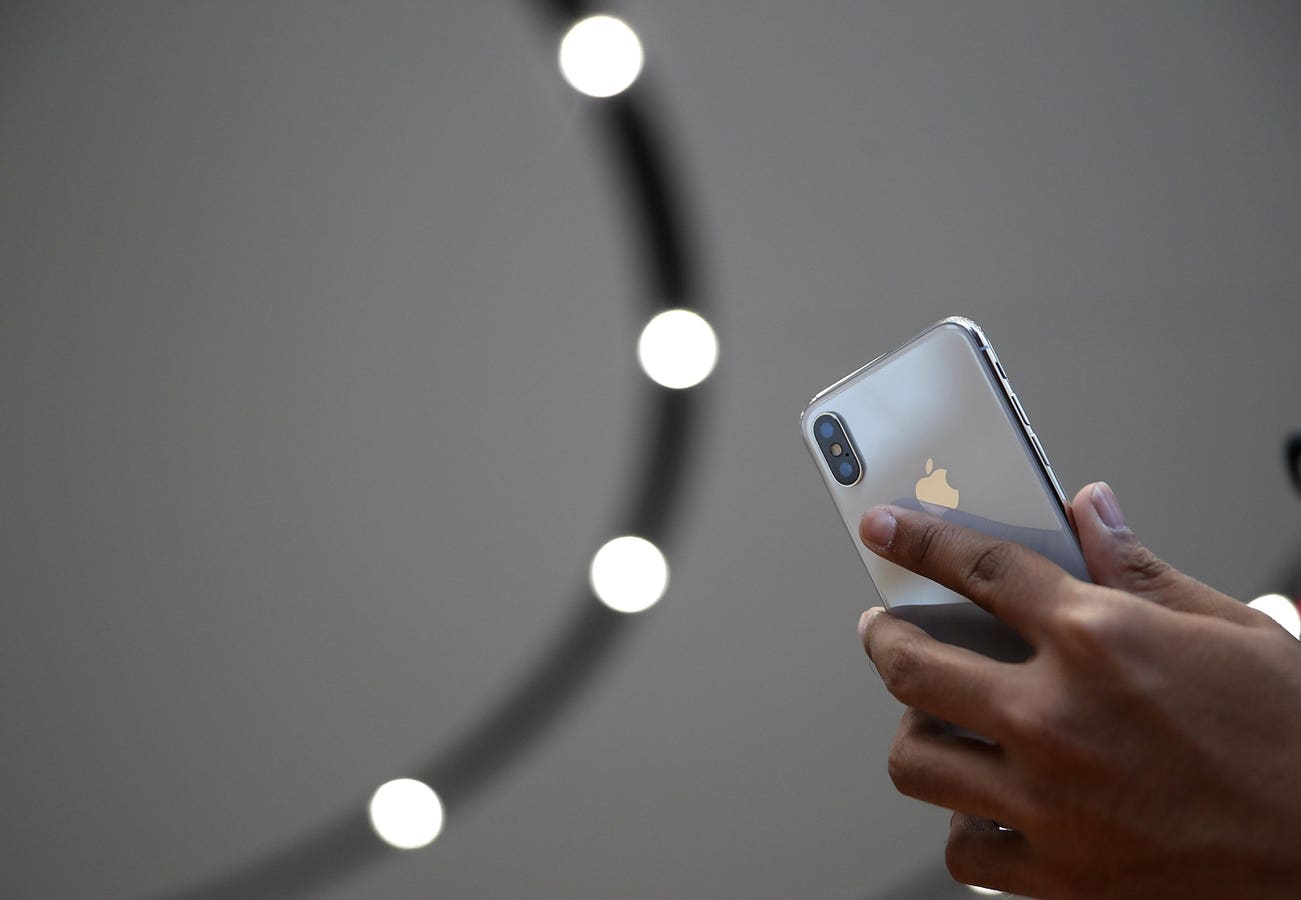Concept of the diversity of talents and know-how, with profiles of male and female characters … More
The gleaming veneer of artificial intelligence has captivated the world, with large language models producing eloquent responses that often seem indistinguishable from human thought. Yet beneath this polished surface lies a troubling reality that Apple’s latest research has brought into sharp focus: eloquence is not intelligence, and imitation is not understanding.
Apple’s new study, titled “The Illusion of Thinking,” has sent shockwaves through the AI community by demonstrating that even the most sophisticated reasoning models fundamentally lack genuine cognitive abilities. This revelation validates what prominent researchers like Meta’s Chief AI Scientist Yann LeCun have been arguing for years—that current AI systems are sophisticated pattern-matching machines rather than thinking entities.
The Great AI Deception
The Apple research team’s findings are both methodical and damning. By creating controlled puzzle environments that could precisely manipulate complexity while maintaining logical consistency, they revealed three distinct performance regimes in Large Reasoning Models . In low-complexity tasks, standard models actually outperformed their supposedly superior reasoning counterparts. Medium-complexity problems showed marginal benefits from additional “thinking” processes. But most tellingly, both model types experienced complete collapse when faced with high-complexity tasks.
What makes these findings particularly striking is the counter-intuitive scaling behavior the researchers observed. Rather than improving with increased complexity as genuine intelligence would, these models showed a peculiar pattern: their reasoning effort would increase up to a certain point, then decline dramatically despite having adequate computational resources. This suggests that the models weren’t actually reasoning at all— they were following learned patterns that broke down when confronted with novel challenges.
The study exposed fundamental limitations in exact computation, revealing that these systems fail to use explicit algorithms and reason inconsistently across similar puzzles. When the veneer of sophisticated language is stripped away, what remains is a sophisticated but ultimately hollow mimicry of thought.
Apple AI Study Echos Long-Standing Warnings
These findings align perfectly with warnings that Yann LeCun and other leading AI researchers have been voicing for years. LeCun has consistently argued that current LLMs will be largely obsolete within five years, not because they’ll be replaced by better versions of the same technology, but because they represent a fundamentally flawed approach to artificial intelligence.
The core issue isn’t technical prowess — it’s conceptual. These systems don’t understand; they pattern-match. They don’t reason; they interpolate from training data. They don’t think; they generate statistically probable responses based on massive datasets. The sophistication of their output masks the absence of genuine comprehension, creating what researchers now recognize as an elaborate illusion of intelligence.
This disconnect between appearance and reality has profound implications for how we evaluate and deploy AI systems. When we mistake fluency for understanding, we risk making critical decisions based on fundamentally flawed reasoning processes. The danger isn’t just technological—it’s epistemological.
Human Parallels: Our Bias Toward Confident Eloquence
Perhaps most unsettling is how closely this AI limitation mirrors a persistent human cognitive bias. Just as we’ve been deceived by AI’s articulate responses, we consistently overvalue human confidence and extroversion, often mistaking verbal facility for intellectual depth.
The overconfidence bias represents one of the most pervasive flaws in human judgment, where individuals’ subjective confidence in their abilities far exceeds their objective accuracy. This bias becomes particularly pronounced in social and professional settings, where confident, extroverted individuals often command disproportionate attention and credibility.
Research consistently shows that we tend to equate confidence with competence, volume with value, and articulateness with intelligence. The extroverted individual who speaks first and most frequently in meetings often shapes group decisions, regardless of the quality of their ideas. The confident presenter who delivers polished but superficial analysis frequently receives more positive evaluation than the thoughtful introvert who offers deeper insights with less theatrical flair.
This psychological tendency creates a dangerous feedback loop. People with low ability often overestimate their competence (the Dunning-Kruger effect), while those with genuine expertise may express appropriate uncertainty about complex issues. The result is a systematic inversion of credibility, where those who know the least speak with the greatest confidence, while those who understand the most communicate with appropriate nuance and qualification.
The Convergence Of Artificial And Human Illusions
The parallel between AI’s eloquent emptiness and our bias toward confident communication reveals something profound about the nature of intelligence itself. Both phenomena demonstrate how easily we conflate the appearance of understanding with its substance. Both show how sophisticated communication can mask fundamental limitations in reasoning and comprehension.
Consider the implications for organizational decision-making, educational assessment, and social dynamics. If we consistently overvalue confident presentation over careful analysis—whether from AI systems or human colleagues—we systematically degrade the quality of our collective reasoning. We create environments where performance theater takes precedence over genuine problem-solving.
The Apple study’s revelation that AI reasoning models fail when faced with true complexity mirrors how overconfident individuals often struggle with genuinely challenging problems while maintaining their persuasive veneer. Both represent sophisticated forms of intellectual imposture that can persist precisely because they’re so convincing on the surface.
Beyond Illusions: Recognizing Genuine Intelligence
Understanding these limitations—both artificial and human—opens the door to more authentic evaluation of intelligence and reasoning. True intelligence isn’t characterized by unwavering confidence or eloquent presentation. Instead, it manifests in several key ways:
Genuine intelligence embraces uncertainty when dealing with complex problems. It acknowledges limitations rather than concealing them. It demonstrates consistent reasoning across different contexts rather than breaking down when patterns become unfamiliar. Most importantly, it shows genuine understanding through the ability to adapt principles to novel situations.
In human contexts, this means looking beyond charismatic presentation to evaluate the underlying quality of reasoning. It means creating space for thoughtful, measured responses rather than rewarding only quick, confident answers. It means recognizing that the most profound insights often come wrapped in appropriate humility rather than absolute certainty.
For AI systems, it means developing more rigorous evaluation frameworks that test genuine understanding rather than pattern matching. It means acknowledging current limitations rather than anthropomorphizing sophisticated text generation. It means building systems that can genuinely reason rather than simply appearing to do so.
Moving Forward: Practical Implications
The convergence of Apple’s AI findings with psychological research on human biases offers valuable guidance for navigating our increasingly complex world. Whether evaluating AI systems or human colleagues, we must learn to distinguish between performance and competence, between eloquence and understanding.
This requires cultivating intellectual humility – the recognition that genuine intelligence often comes with appropriate uncertainty, that the most confident voices aren’t necessarily the most credible, and that true understanding can be distinguished from sophisticated mimicry through careful observation and testing.
SMART Takeaways
- Specific: Test AI and human responses with novel, complex problems rather than accepting polished presentations at face value—genuine intelligence adapts consistently across unfamiliar contexts while sophisticated mimicry breaks down.
- Measurable: Evaluate reasoning quality by tracking consistency across different scenarios, measuring response accuracy under varying complexity levels, and assessing appropriate uncertainty expression rather than just confidence metrics.
- Actionable: In meetings and evaluations, deliberately create space for thoughtful, measured responses; ask follow-up questions that require genuine understanding; and resist the impulse to automatically favor the most confident or articulate speaker.
- Relevant: Apply the “pattern-matching vs. reasoning” test to both AI tools and human colleagues—ask whether their impressive responses demonstrate genuine understanding or sophisticated repetition of learned patterns, especially when stakes are high and decisions matter.
To distinguish intelligence from imitation in an AI-infused environment we need to invest in hybrid intelligence, which arises from the complementarity of natural and artificial intelligences – anchored in the strength and limitations of both.









